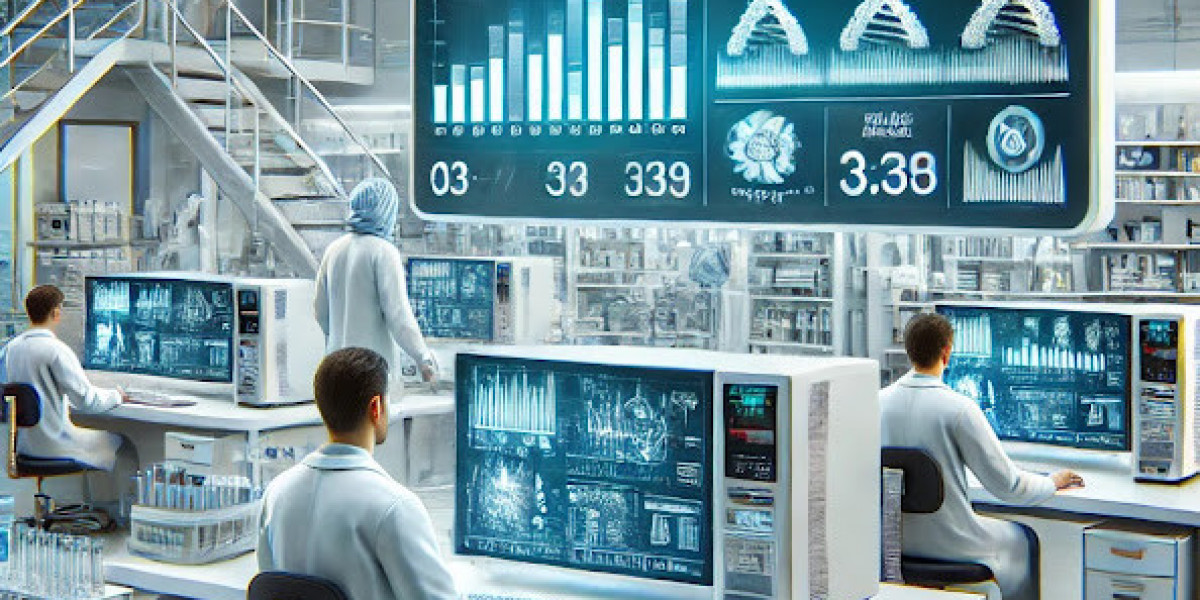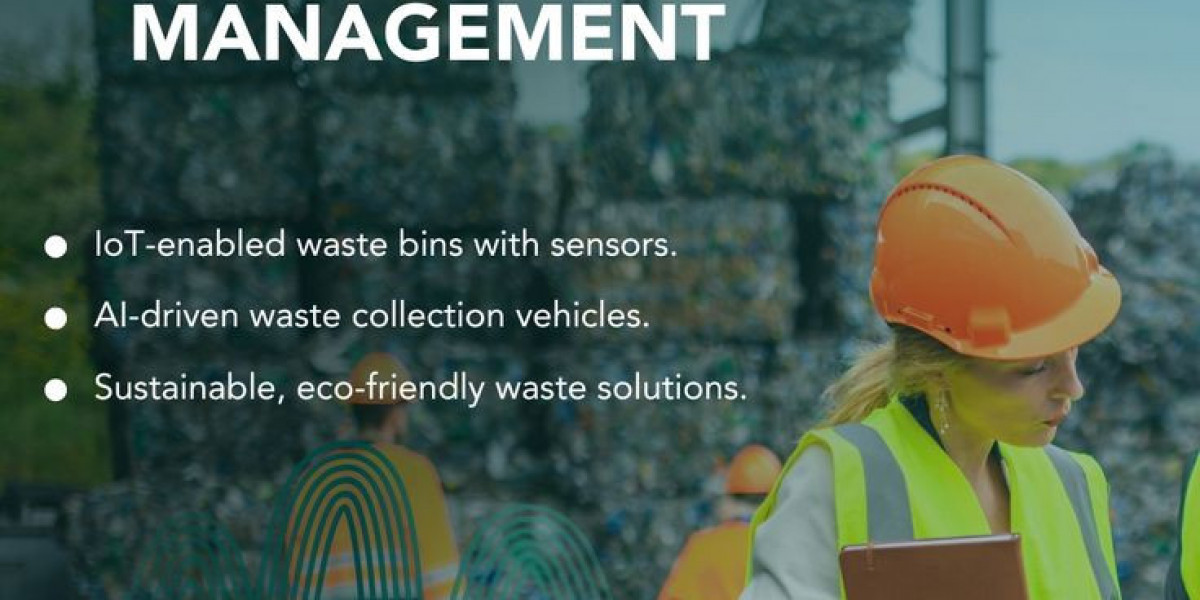The U.S. Minimal Residual Disease (MRD) testing market is experiencing significant growth, driven by advancements in molecular diagnostics and increasing demand for precision medicine in oncology. MRD testing is crucial in detecting residual cancer cells post-treatment, allowing for better disease monitoring and relapse prediction.
According to BISResearch, The U.S. MRD testing market is poised to reach $1,667.5 million by 2030, with a CAGR of 14.18% during the forecast period 2024 and 2030. The U.S. testing facilities market accounted for a substantial 39.53% share in 2023 in the overall global MRD testing facilities. In the U.S., several facilities offer MRD testing, with factors such as technology used, test accuracy, and clinical expertise driving the choice of where to get tested.
The study profiles approximately 200 MRD testing facilities in the U.S., offering crucial insights for strategic planning, market evaluation, and benchmarking. Stakeholders can assess operational metrics, identify gaps in service coverage, and explore collaboration opportunities. Comprehensive test data aids in optimizing clinical workflows, adopting advanced technologies, and ensuring industry alignment. Additionally, it supports regulatory compliance and strengthens funding advocacy. Overall, this report serves as a vital resource for fostering innovation and enhancing competitiveness in the MRD testing sector.
U.S. MRD Testing Facilities dynamics, technology landscape and challenges of the market
The U.S. MRD testing market is experiencing strong growth due to multiple factors, including the rising prevalence of cancer, increasing demand for personalized therapies, and advancements in molecular diagnostics. The American Cancer Society reported that leukemia accounted for 13% of adolescent cancer cases in 2022, while myeloma cases surpassed 34,000. In 2023, hospitals and specialty clinics led the end-user segment with a 44.01% market share, reflecting the integration of MRD testing into oncology. Research institutions and diagnostic labs are also expanding, with projected CAGRs of 14.1% and 13.3%, respectively, highlighting their role in clinical trials and diagnostics.
Request A Detailed Sample on the U.S. MRD Testing Market Facilities
Key Facilities Supporting MRD Testing
Hospitals and Cancer Centers: Leading institutions such as MD Anderson Cancer Center, Mayo Clinic, and Memorial Sloan Kettering Cancer Center offer state-of-the-art MRD testing facilities, integrating advanced molecular diagnostics and personalized treatment plans.
Clinical Laboratories: Major diagnostic laboratories, including Labcorp, Quest Diagnostics, and ARUP Laboratories, are expanding MRD testing capabilities to support oncologists and hematologists in disease monitoring.
Research Institutions and Academic Centers: Universities and research centers such as Johns Hopkins University and Harvard Medical School are pioneering innovative MRD testing methodologies and clinical trials to refine testing accuracy and efficacy.
Biopharmaceutical and Biotechnology Companies: Companies like Adaptive Biotechnologies, Natera, and Guardant Health are at the forefront of MRD assay development, offering next-generation sequencing (NGS) and PCR-based testing solutions.
Future Outlook
The U.S. MRD testing market is poised for further growth with increasing investments in research, technological innovations, and expanding applications beyond oncology, such as autoimmune disorders and infectious diseases. Collaboration among healthcare providers, researchers, and biotech firms will play a crucial role in enhancing the accessibility and clinical utility of MRD testing.
Conclusion
MRD testing is transforming cancer diagnostics and treatment monitoring in the U.S., with leading facilities, advanced technologies, and regulatory support driving market expansion. Addressing cost and standardization challenges will be key to ensuring broader adoption and improving patient outcomes in the years ahead.









